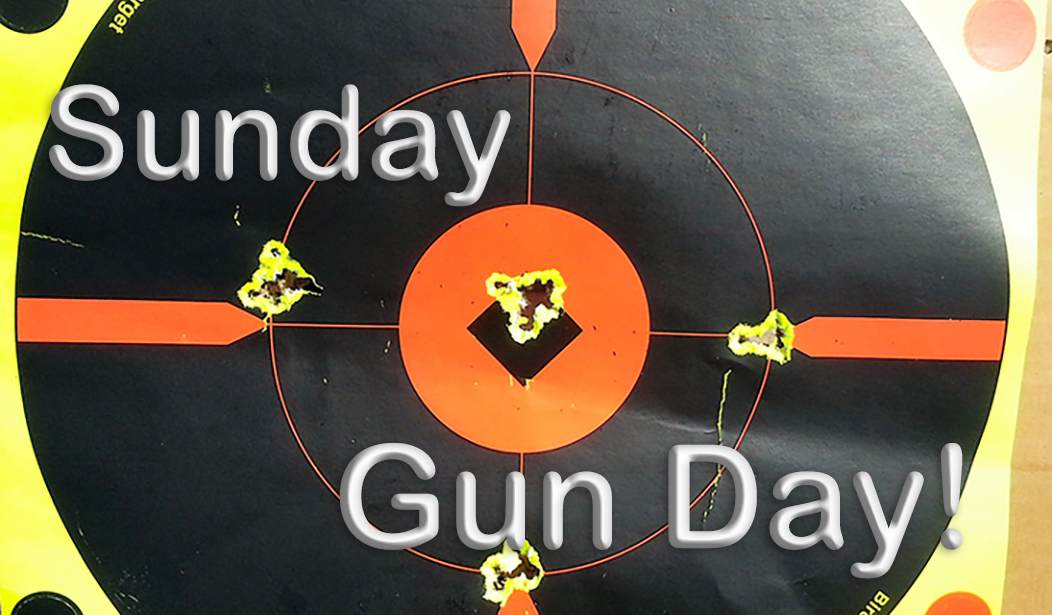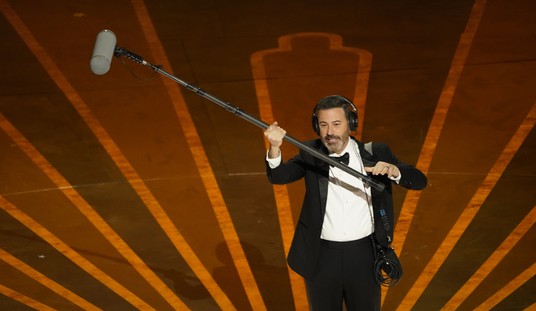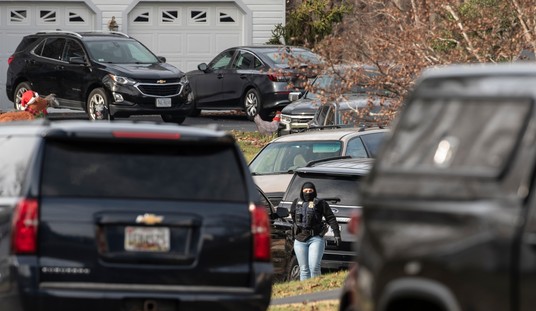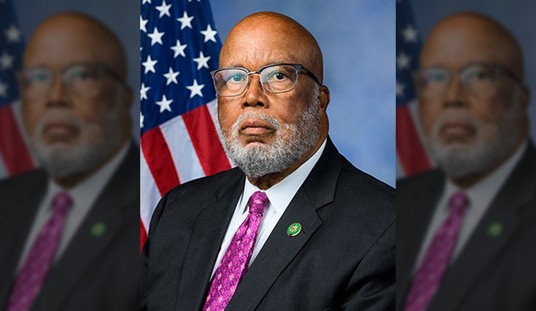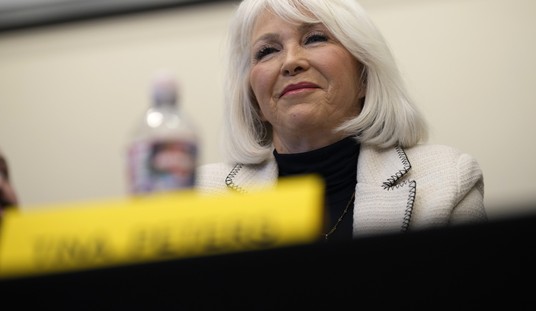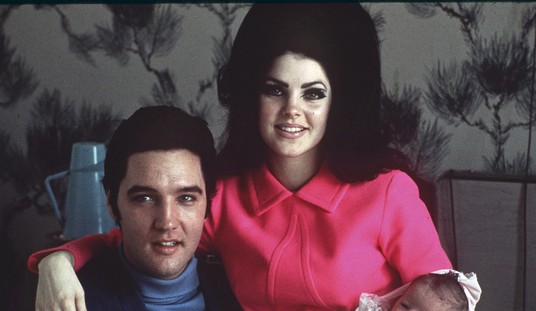A Wonderful American Gun Hand
This week, instead of looking at guns, let’s look at a remarkable man who, through his life, worked with guns, shot guns, developed new cartridges, and wrote about guns. He was one of the best handgunners in history and had a remarkable life that lasted from the early days of the automobile to the space age.
This man, one of my own personal heroes, is the father of the modern magnum revolvers – Elmer Keith. His career was remarkable; one of the world’s premier sixgunners, a prolific gun writer, a cowboy and ranch hand, and in large part the mastermind of such sixgun greats as the .357 Magnum, the .44 Magnum, and the .41 Magnum. He was a big-gun man, favoring big-bore game rifles, a passion I share myself, being a fan of the .338 Winchester Magnum.
After all, you can shoot little stuff with a big gun, but you can’t shoot big stuff with a little gun – and around here, there’s a lot of big stuff.
He was known not only for his fondness for big-bore revolvers and rifles, but for his big, Gus-crown Stetson hats (a choice I’m fond of myself) and his big cigars; he was rarely seen without one, the other, or both.
His Origins
Elmer Keith was born in 1899 in Hardin, Missouri. He lived later in Idaho, Oregon, and Montana, where he worked as a rancher, cowpoke, and later, professional guntwist, cartridge designer, and gun writer. Keith is generally regarded as the father of the modern magnum revolver, but his shooting career started very early.
In his 1955 book “Sixguns,” Keith writes of some of his earliest training in handgunning:
Sam Russell had been an old Faro dealer in the Southwest before moving to Helena, Montana, where he ran a one-chair barber shop. Sam was a little man, but very fast with a sixgun and deadly with a .45 from the hip. He used to pull the shades down over his front window and instruct me in quick draw work, often shooting short Remington .45 squib loads at the patterns in his linoleum floor covering. He had most of those small squares studded with the hollow base Remington slugs that had just power enough to drive them down about flush with the floor. If a cop came along and banged on the front door and wanted to know what was going on, Sam would say, "Go away. I am just giving a kid some pistol instruction."'
His Remarkable Career
Elmer Keith is best known for his work in developing the .357 Magnum, .44 Magnum, and .41 Magnum revolver cartridges. The first two began with his experimenting with heavy .38 Special and .44 Special loads in the big N-frame Smith & Wesson double-action revolvers, the “38/44” and the .44 Special Triple Lock designs.
In addition to his work on revolver cartridges, Elmer Keith was also part of the team that cooked up a rifle cartridge called the .334 OKH, which was based on a shortened .300 Holland & Holland Magnum case, with the neck opened to take a .338 bullet. This was in no small part the inspiration for my own favorite big-game rifle round, the .338 Winchester Magnum. And his work wasn’t confined to cartridges, as Keith was part of the team that designed the first iteration of the “Rifleman’s Rifle” – the Model 70 Winchester, an example of which, amazingly, I don’t have in my safe. In fact, I’m surprised I’m not looking for a pre-64 Model 70 right now.
Read More: Sunday Gun Day Vol. III Ep. VII - Frank Hamer, Texas Ranger, the Last Gunfighter
Mr. Keith disagreed with my assessment on one thing: That the .35 Whelen, a cartridge still in use today but one I’m not familiar with, may well be one of the best all-around big game cartridges for use on the North American continent. Personally, I’d go with my own favorite, the .338 Winchester Magnum, but in all fairness, I’d note that this cartridge wasn’t available until 1958. Mr. Keith wrote in his 1936 book “Big Game Rifles and Cartridges”:
The .35 Whelen, I consider the finest of all our all around rifles for all game from the big mule deer, sheep, goat and even whitetail up through the heavier species. If I were forced to use just one rifle and cartridge for the balance of my life, I should choose the .35 Whelen. It is just as accurate as the .30-06, with same relative barrel weight, and a great deal better killer. Like the .400 Whelen, it seems to shoot different loads nearer to the same point of impact than any smaller rifles I have used.
In his passion for big-bore rifles shooting heavy bullets, Keith ran into a long-standing disagreement with another justifiably great hunter, shooter, and gun writer of the time, Jack O’Connor, who favored the .270 Winchester for all things up to and including elk.
His guns
Elmer Keith wasn’t just a shooter, but was also a collector.
He owned many guns in his life: Black powder guns, modern cartridge guns, everything in between. He was fond of old British double rifles and owned two, a .476 Westley Richards and a .500 Nitro Express. He was a fan of anything that would shoot: Single or double-action revolvers, the 1911 Colt, bolt-action and double rifles; Keith had tried them all. He was an accomplished trick shot and burned thousands of rounds a month in practice.Read More: Sunday Gun Day Vol. III Ep. IX - A Grand Old Name, Holland & Holland
Perhaps one of the more controversial things that Keith ever pulled off was his infamous, 600-yard shot on a mule deer with a .44 Magnum revolver. The veracity of the claim has been hotly debated ever since, but Keith always maintained he had pulled it off, and noted that the buck had already been wounded, was about to cross a ridge out of sight, and the attempt was a last-ditch effort to stop it.
His Works
In addition to his writing for monthly shooting sports periodicals, Elmer Keith wrote a number of books on hunting and shooting, as well as an autobiography with the coolest name in the history of autobiographies: “Hell, I Was There.”
Here are his works; most are sadly out of print, on paper, that is, but can be found in e-book format.
- Sixgun Cartridges and Loads, 1936.
- Big Game Rifles and Cartridges 1936.
- Keith's Rifles for Larger Game, 1946.
- Elmer Keith's Big Game Hunting, 1948.
- Shotguns, 1950.
- Sixguns, 1955.
- Guns and Ammo for Hunting Big Game,1965.
- Safari, 1968.
- Keith, An Autobiography, 1974
- Hell, I Was There (autobiography), 1979.
Every one stands the test of time; every book is still worth reading.
His Legacy
Elmer Keith passed away in Boise, Idaho, in 1984, having left behind a legacy in the shooting world that still blazes a mile-wide path through the American shooting public today.
In my own safe, there are two .45 Colt revolvers, ones that Elmer Keith himself would have appreciated. One is a stainless-steel Ruger Vaquero, which I like because the polished stainless steel so closely approximates the old nickel-plated Single Action Army Colt revolvers. Although Mr. Keith probably would have gone for the adjustable-sighted Blackhawk.
The other, my very favorite sidearm, is a Smith & Wesson N-frame 25-5, made in the mid-‘70s, polished blue with ivory/polymer grips.
Both guns are immensely strong. Both handle my heavy .45 Colt loads with aplomb – and these are loads likely to detonate a 19th-century Colt single-action or a New Service. My loads will blast a fist-sized chunk of chips out of the far side of a railroad tie; they will, from experience, pass a 255-grain, hard cast, Keith-style semi-wadcutter lengthwise through a big, fat, corn-fed Iowa whitetail.
These are guns and loads that Elmer Keith would have approved of. And after all these years, that’s still good enough for me.

